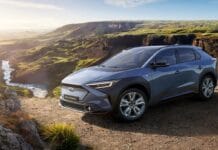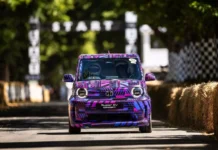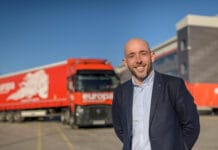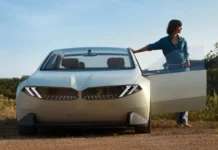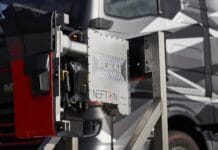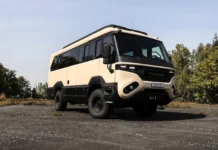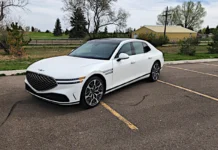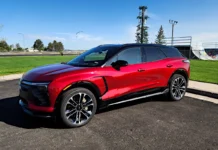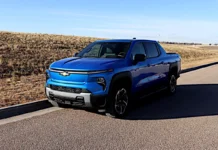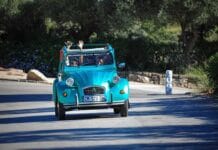Tesla robotaxis finally hit the road – but you can’t ride one yet
Credit where it’s due: Tesla CEO Elon Musk promised his company would launch a robotaxi service this June, and it rolled out self-driving cabs in Austin, Texas, over the weekend. Too bad you’ll probably have a hard time hailing one at the moment.
The service is currently invite-only, and the fleet is believed to feature just a handful of cars at the moment. The Verge notes that it’s likely about 10-20 vehicles, and several early invites have been sent out to Tesla-favouring influencers. That aligns with the Financial Times‘ recent report about the automaker’s plan to initially keep the rollout small, restricting access to only “company employees or guests.”
The cars are not the Cybercab, designed for the ride-hailing service and revealed last October; instead, you’ll get a Robotaxi-branded Model Y sedan.
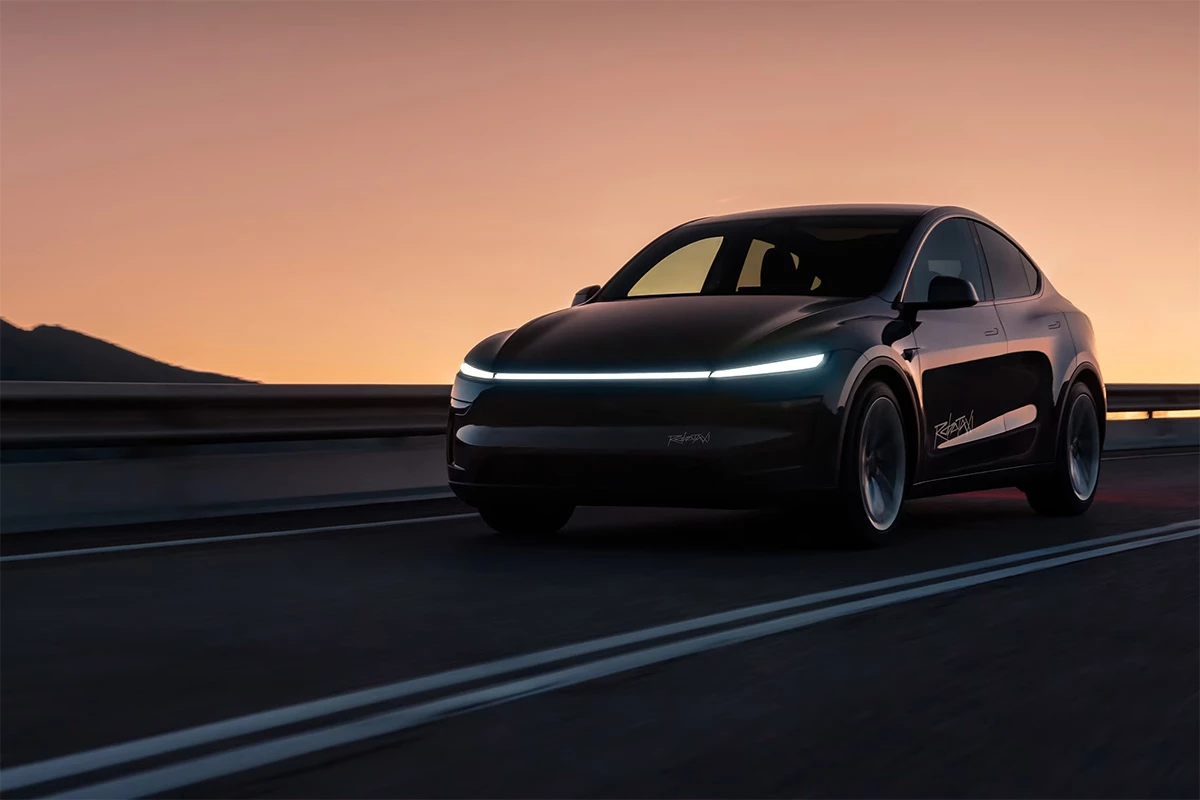
Oh, and there’s a human operator on board in the front passenger seat, instructed to remain silent throughout the trip and be prepared to activate a kill switch in case of any untoward incidents on the road. From the social media posts and YouTube videos of early riders, it appears that passengers cannot be seated up front at present, so only two to three people can ride together.
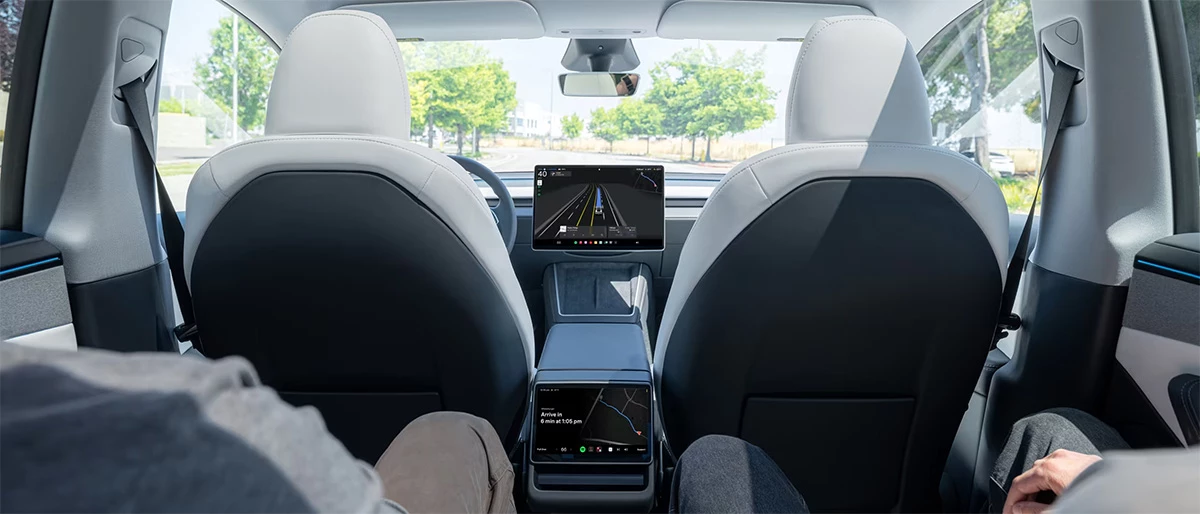
Some of these taxis have chase cars and remote drivers to serve as backup.
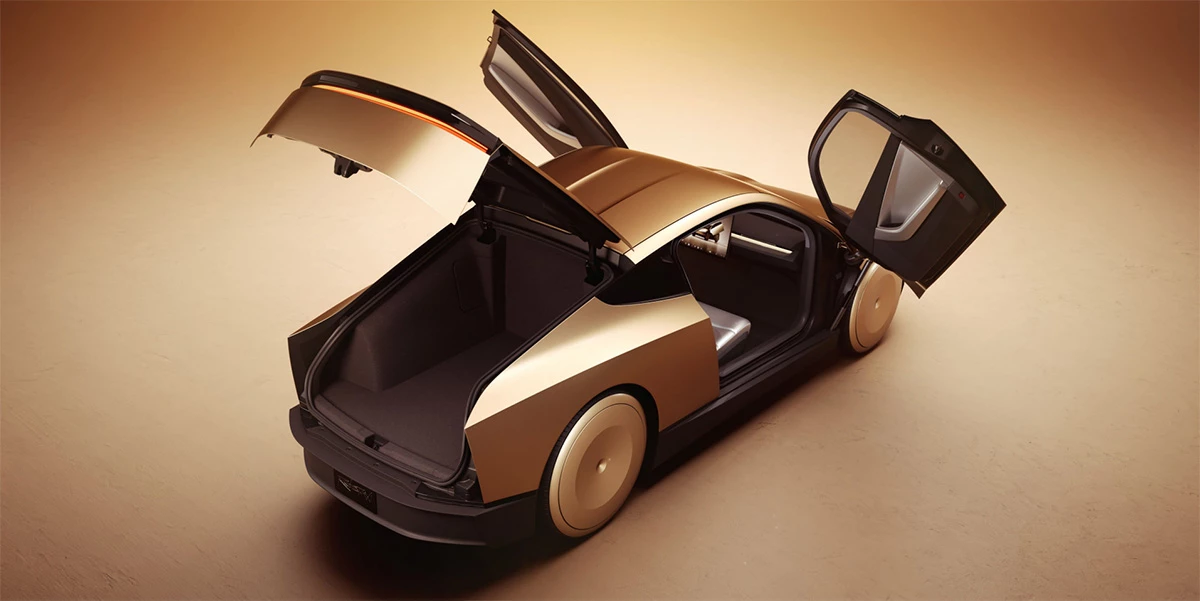
Based on an X post from Sawyer Merritt, who posts content about EVs and Tesla, it appears the cab service covers only a small geofenced radius in Austin, centred around South Lamar and Zilker Park to the west and Highway 183 to the east. Some individuals who have used it have reported a smooth ride and a comfortable experience; booking a trip is similar to grabbing an Uber through a mobile app.

While the launch feels limited and not exactly as described – rides were supposed to be “unsupervised” and available to everyone – it’s probably a good thing. The smaller numbers of vehicles and passengers to deal with early on should allow Tesla to focus on keeping riders and other vehicles safe while it irons out any kinks. Musk told CNBC in May that the company will have over a thousand robotaxis “within a few months.”
With that, Tesla is poised to compete with Waymo, which operates more than 1,500 cabs around Phoenix, San Francisco, Los Angeles, and Austin, and has recently become available on Uber’s platform. Amazon’s subsidiary, Zoox, plans to go live in Las Vegas later in 2025 and begin testing in San Francisco as well, now that it has opened a production facility that can produce 10,000 of its four-seater driverless vehicles per year. And Lyft is slated to launch its own self-driving cab service in Dallas, Texas, sometime in 2026.

Abhimanyu has been a trusted voice in the science, technology, transportation, startup, and AI spaces for more than a decade at several global outlets, including three and a half years as the managing editor at TNW. He holds a Bachelor of Arts in Economics, Psychology and Sociology. When he’s not writing about breakthroughs in science and tech, he’s usually out motorcycling around South India.

